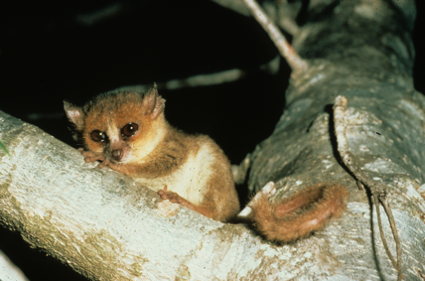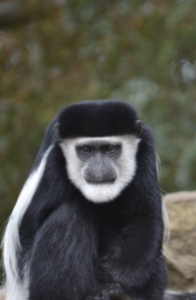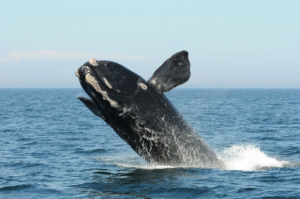Author: Gabriel Costa

Unfortunately, we are living through a crisis unprecedented in human history. And I am not talking about the Covid-19 pandemic. We are living in a biodiversity crisis, including the number of species extinctions today and the highest number since the dinosaur mass extinction event 65 million years ago.
And following this logic, the latest “update” from the IUCN (International Union for Conservation of Nature), the organization that assembles the world’s red list of endangered plant and animal species, points to alarming facts. The situation is becoming increasingly critical in several parts of the world: 31% of the lemurs, the charismatic primates of Madagascar, are one step away from extinction. Of the 107 species of the residents of the large African island, 103 are in some category of threat, with 33 of these nearly extinct, especially due to deforestation for the expansion of the agricultural frontier and for obtaining firewood, since Madagascar has lost more than 80% of its original forests.

In general, primates (monkeys, lemurs, gorillas, chimpanzees, and humans) are not having an easy time. In the rest of the African continent, approximately 54 of the 103 primate species are at risk of extinction. Especially colobus monkeys are at great risk because they are targeted by often illegal hunting practices and meat consumption.
In Europe, the bad news concerns a rather likeable animal: the European hamster. These small rodents, once common across the continent, now face severe population decline: they have disappeared from three-quarters of their former territories in the Alsace region of France, at least a third of their former territories in Germany, and 75% of their territories in Eastern Europe. This is partly due to the reduction in their birth rates, during the 1900s hamsters gave birth to litters of up to 20 pups, today litters consist of only 5 to 6 pups. Many causes for this are speculated: global warming, light pollution, pesticides. If the situation does not reverse these rodents may be extinct in 30 years.

But it is not just the species on land that are threatened. Northern Atlantic right whales, now protected from hunting, face other threats. At the end of 2018 there were only about 250 live individuals of this species that occur only in the cold waters of the North Atlantic. Their numbers have been decreasing year after year, with a 15% drop in their population since 2011. The main causes of this decline are the results of human activity, with 30 whales killed by being trapped in nets and colliding with boats between 2012 and 2016. In addition, global warming has pushed the whales’ prey further north during the summer, exposing them even more to busy waters, making the risk of boat collisions even greater.
However, the reader may be thinking “that’s sad, but how does this affect me?” – Well, in many ways. The nature in which we live is an intricate mechanism. Each species on this little blue planet plays a unique role, like a gear, keeping the great machine of nature running. Each time we lose one of these gears the mechanism becomes weaker, until it ultimately has no parts to function with. We humans depend on nature’s machinery to generate the basics: rain, drinking water, and food. That is why we, as IUCN and several other NGOs do, have to put all our efforts into protecting the species, gears that guarantee our life on this planet.
Great you’re checking our blog!
You can keep in touch with us via here
Or find us at Linkedin, Facebook, Twitter or Instagram
www.meli-bees.org
❤️

